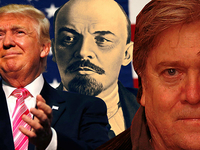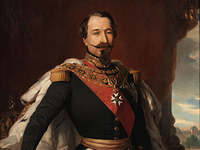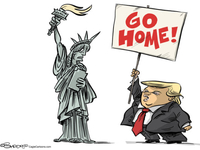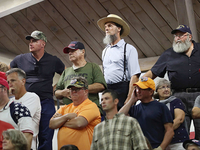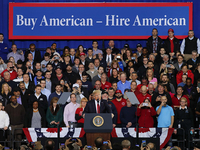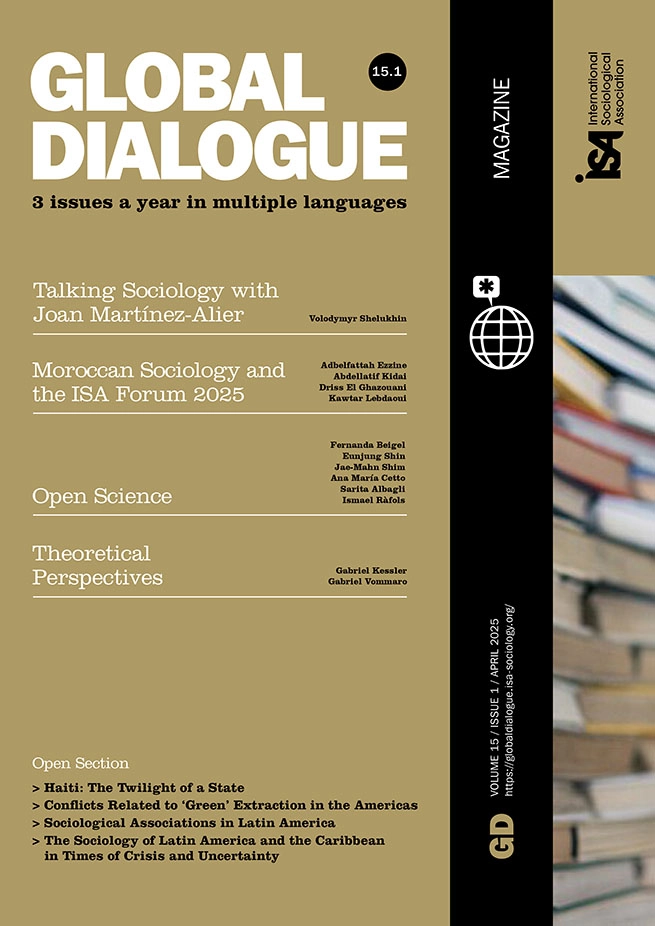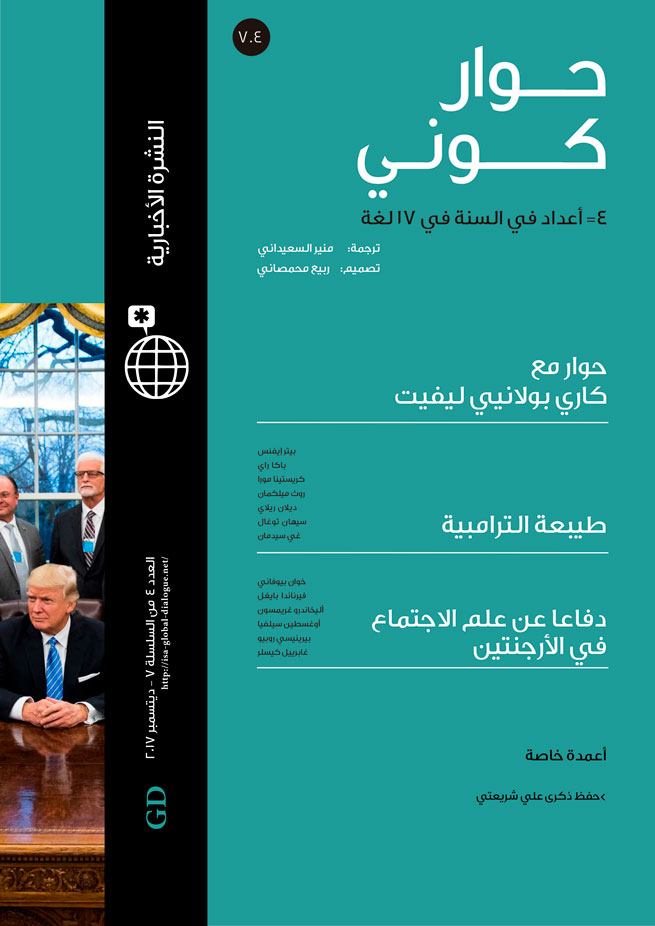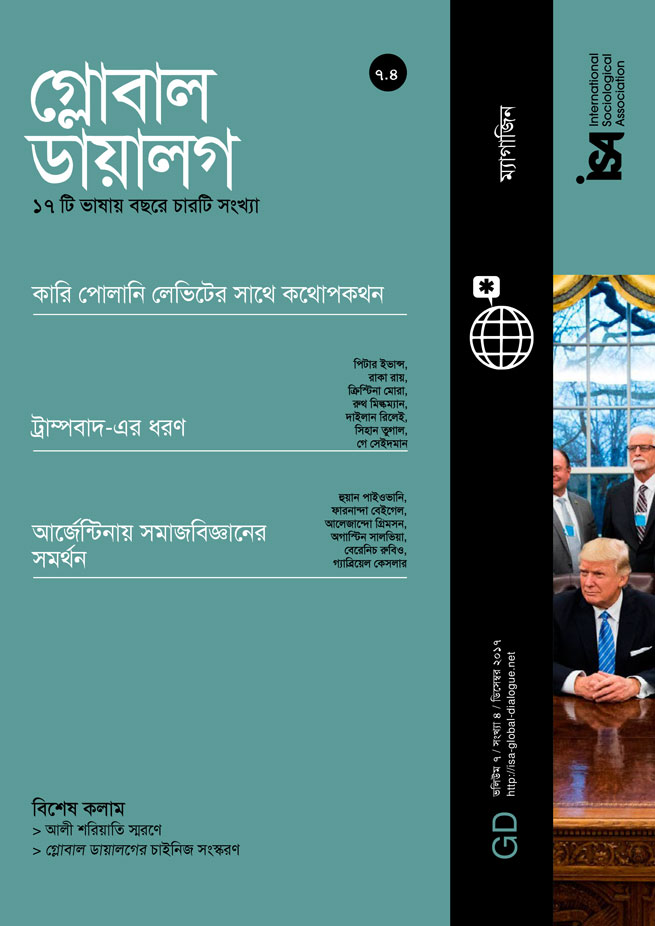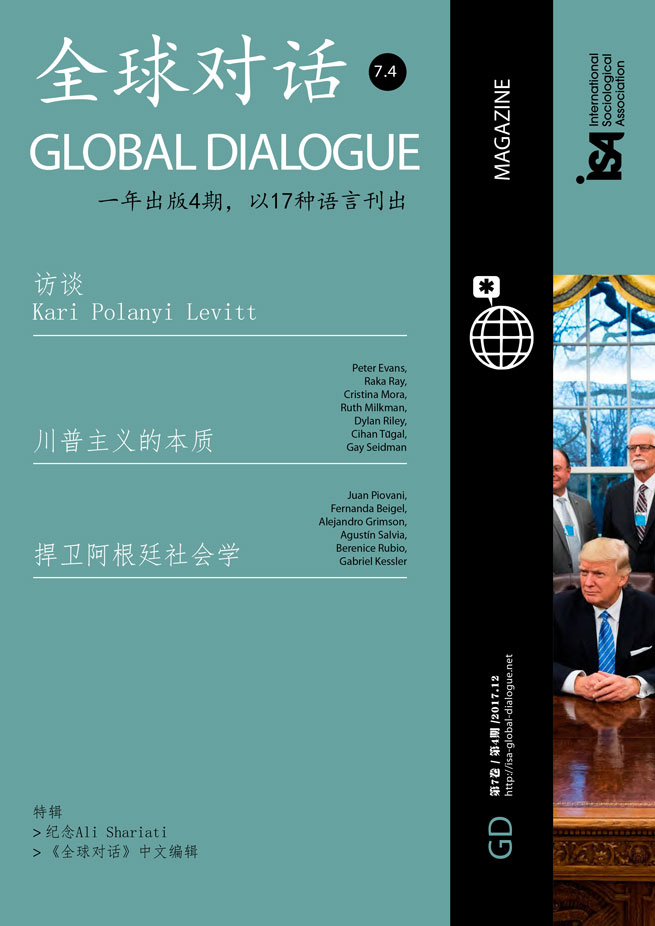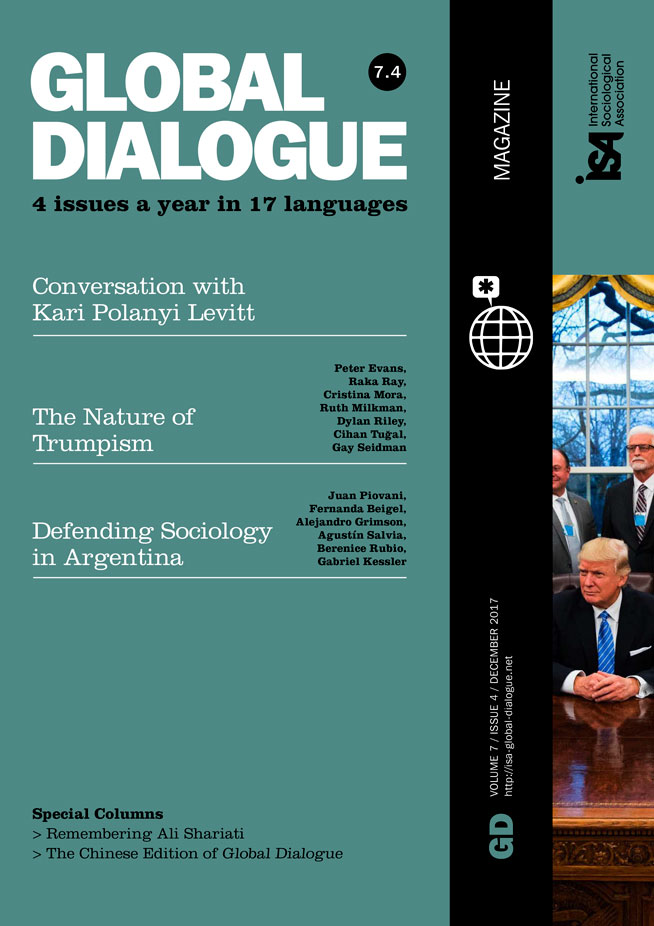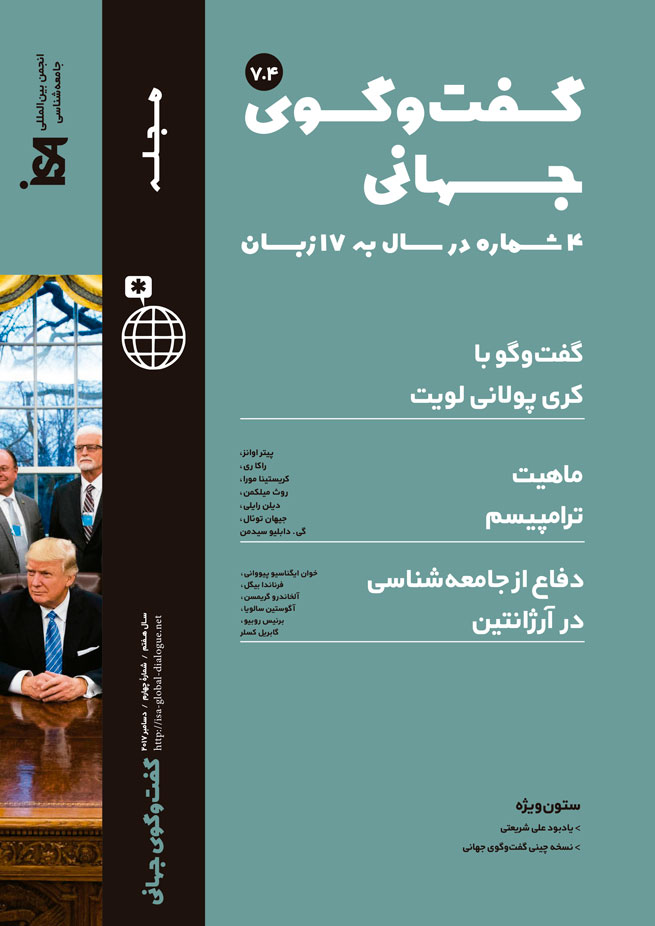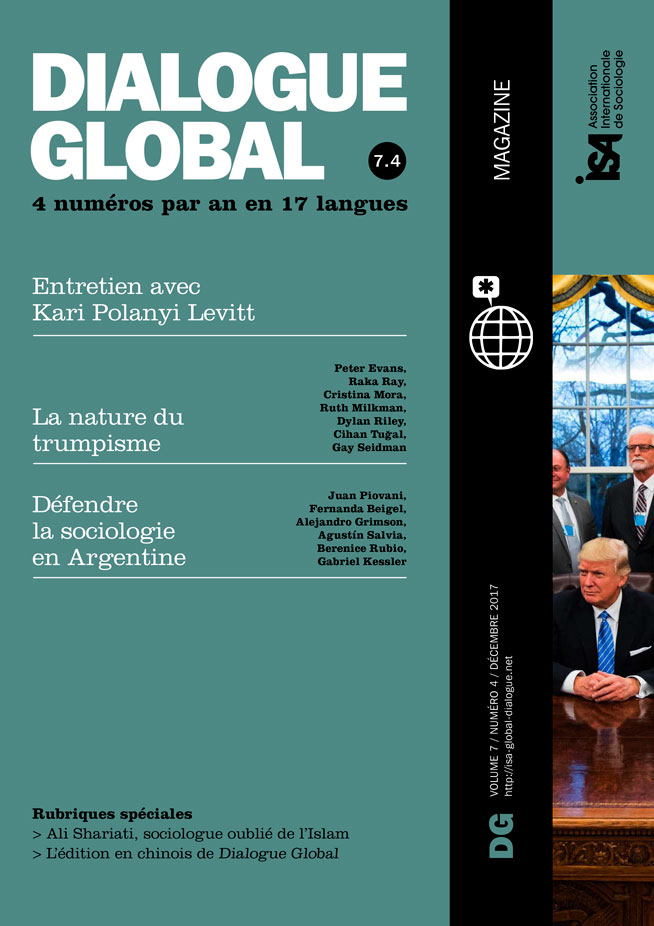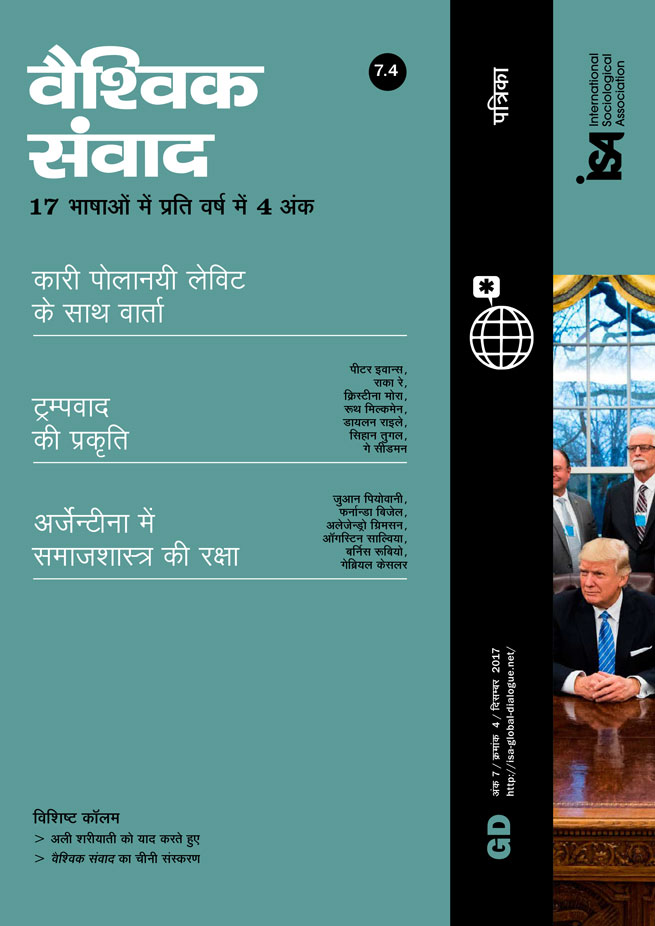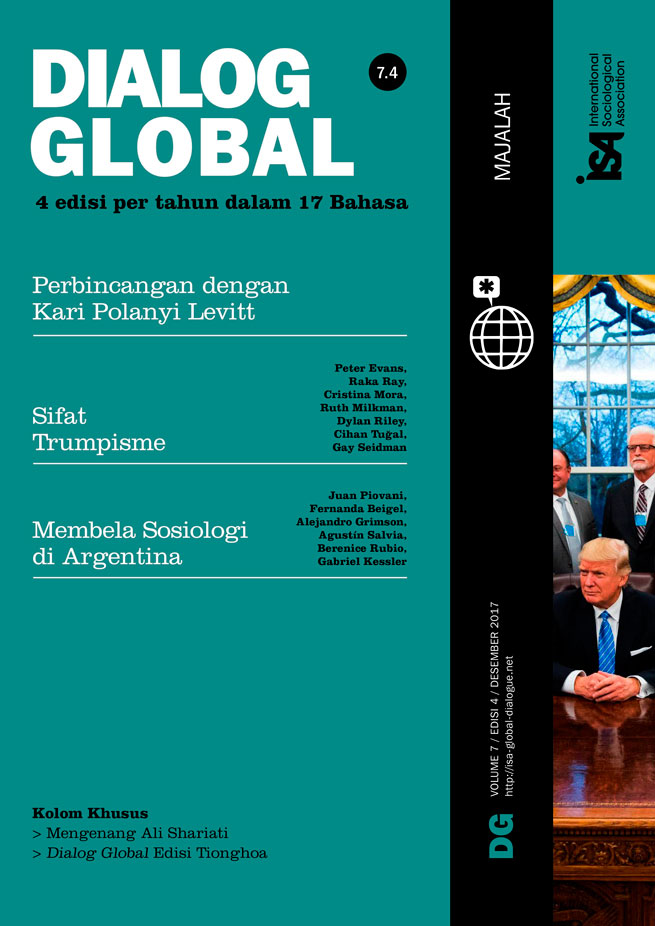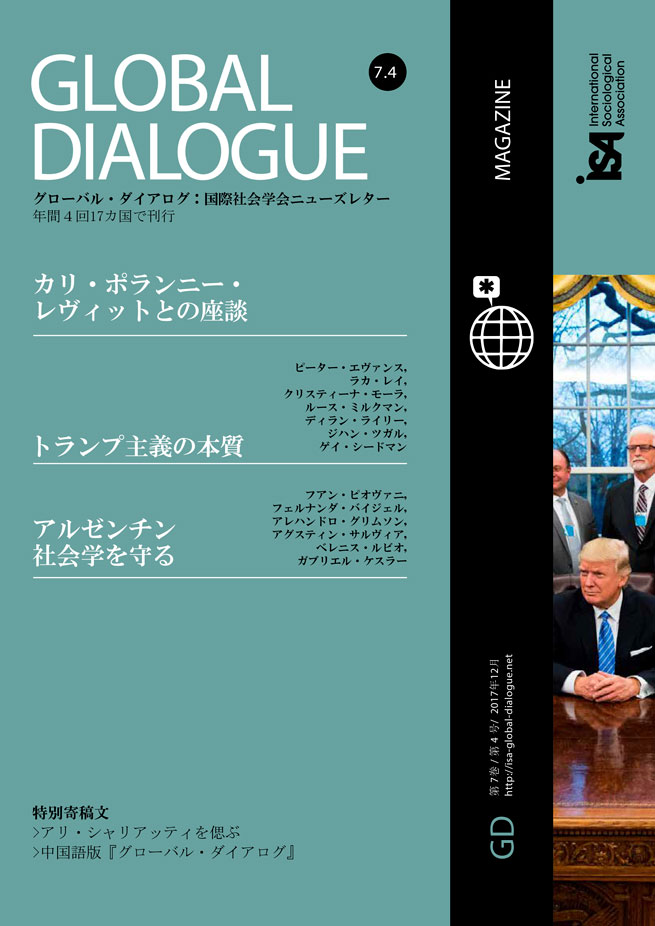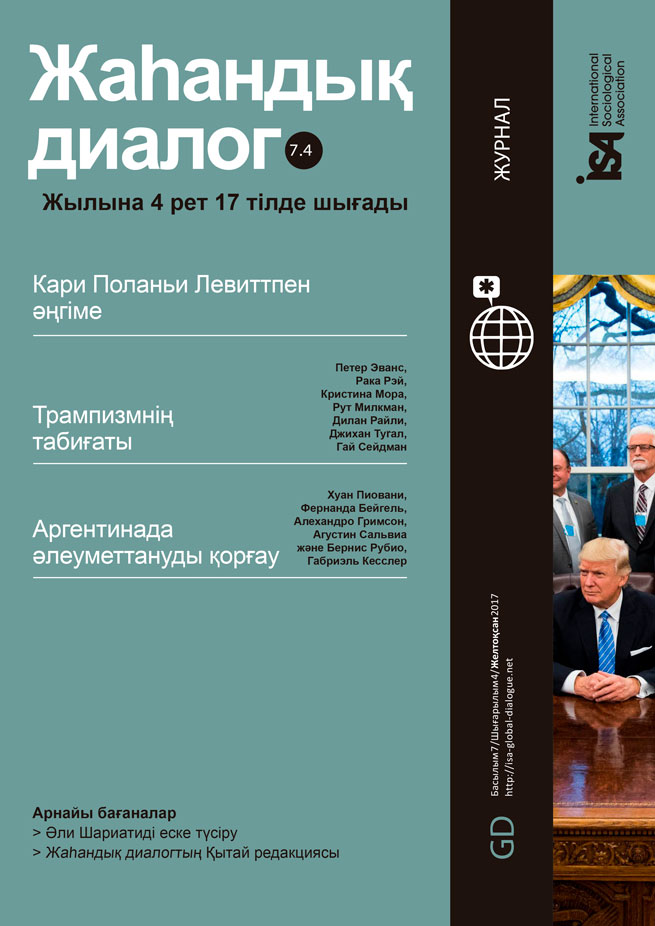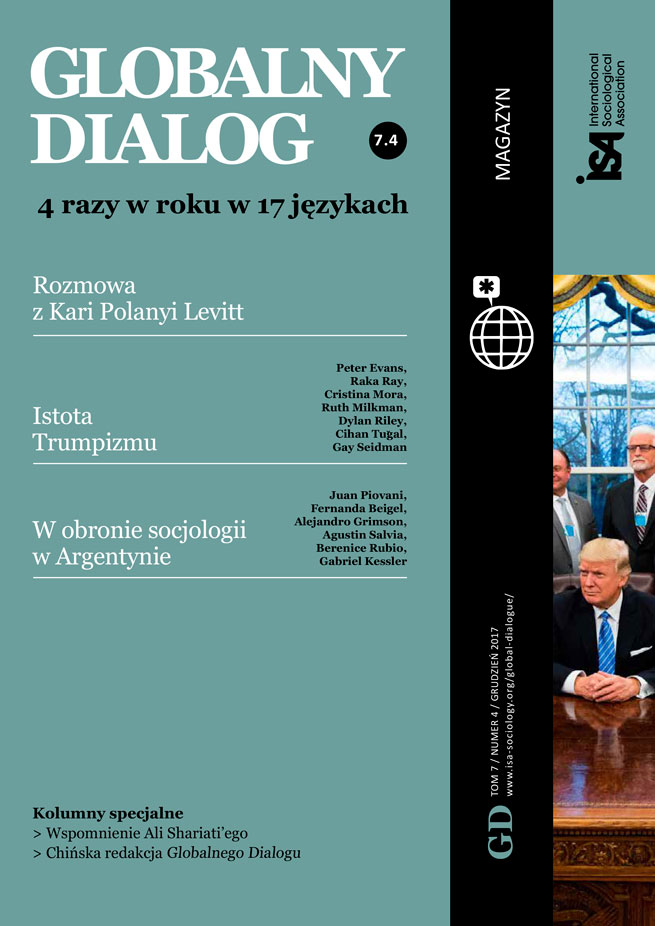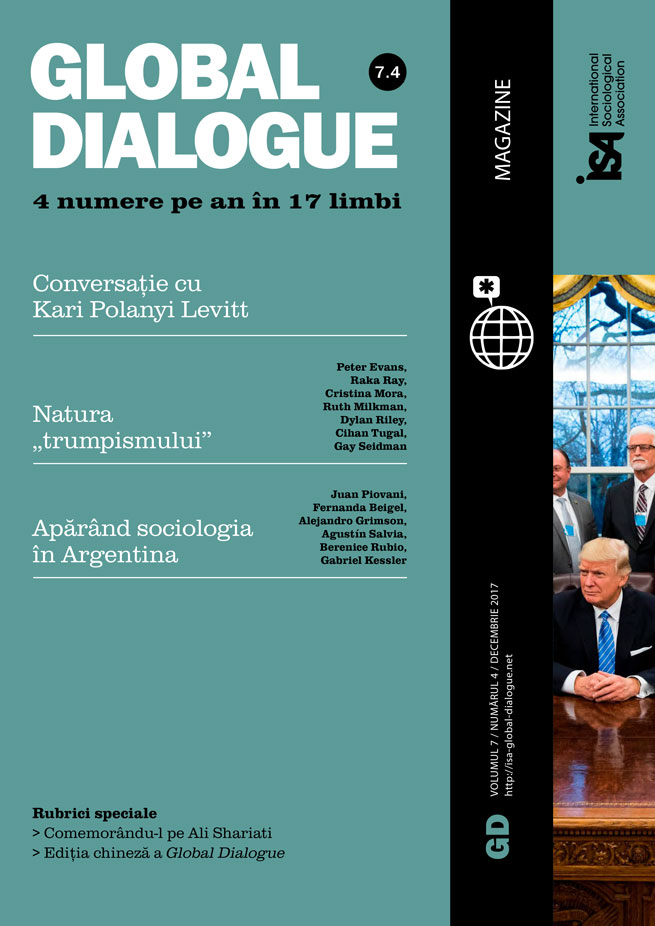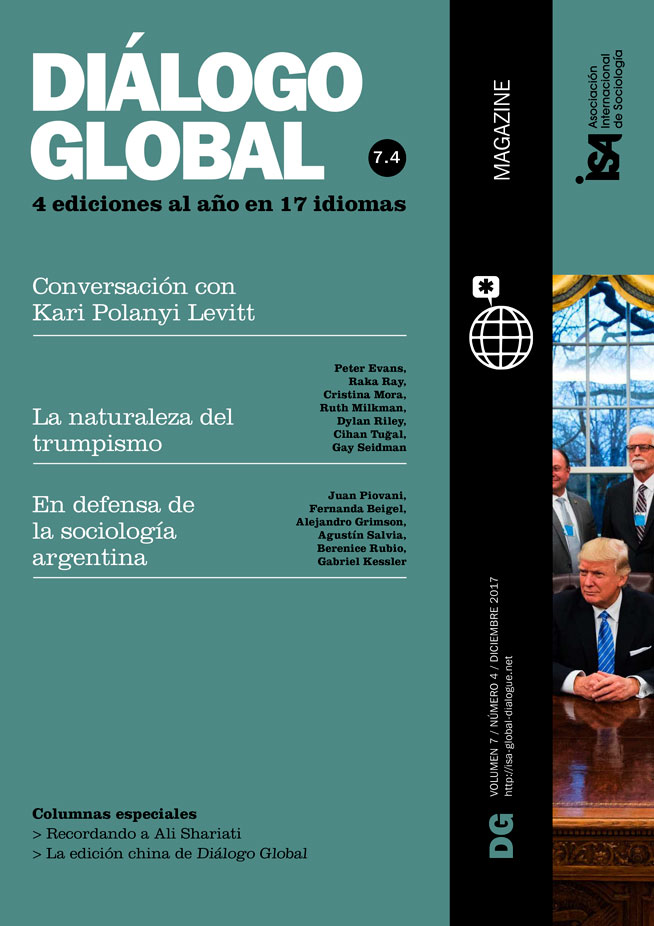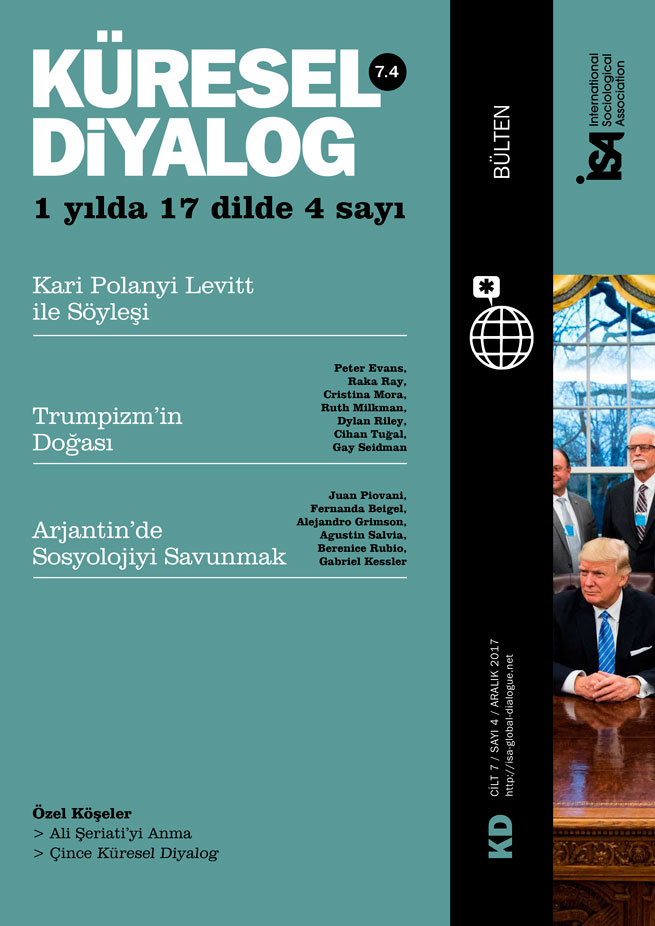Obituaries for the US labor movement were a well-worn staple of left-wing political discourse long before Donald Trump’s unexpected ascension to the presidency. For decades now, both the unionized share of the workforce and the incidence of strikes have steadily declined – trends which accelerated rapidly after the 1980 election of Ronald Reagan, whose populist appeal to the Rust Belt’s white working class prefigured Trump’s campaign 36 years later. Reagan won a slightly greater share of voters from union households (45%) in 1980 than Trump did last year (43%), a fact that has been obliterated from public memory.
Of course, labor’s meltdown in the intervening years had sharply reduced the denominator of union household voters. By 2016, only 10.7% of employed US workers, and 6.4% in the private sector, were union members, down from a peak of about 35% in the mid-1950s. Strike rates also fell precipitously starting in the early 1980s, and the strikes that did occur were often employer-provoked efforts to bludgeon unions into surrendering previous gains. “Right to work” laws (which prohibit union shops in the private sector) had spread to 27 states by the end of 2016 (up from 20 states in 1975), including former union strongholds like Michigan and Wisconsin; this past February, a 28th state (Missouri) joined their ranks. And as everyone knows, the demobilization of once-powerful unions has gone hand in hand with the skyrocketing growth in inequality over the past 40 years.
The one bright spot for organized labor in recent years has been the public sector, where unionization rates are much higher and relatively stable. But in the aftermath of the Great Recession, that too began to change, as a wave of new legislation limiting public-sector collective bargaining rights gathered force in Republican-controlled states. The poster child was Wisconsin, which in 1959 was the first state to legalize public-sector collective bargaining. In 2011, newly-elected Republican Governor Scott Walker pushed through a bill radically restricting public-sector union rights. Despite massive public protests, this measure passed, and Walker proudly signed it into law.
The results were devastating: the unionized share of Wisconsin’s public-sector workers plummeted from 50.3% in 2011 to 22.7% in 2016. And as Gordon Lafer shows in his 2017 book, The One Percent Solution, Wisconsin was just the opening round in a systematic right-wing campaign to undermine public-sector unions across the country – not least because unions remain a major source of political funding for Democratic political candidates. Nationally, the public-sector unionization rate has fallen only slightly, from 36.8% in 2008 to 34.4% in 2016. But that will change as more Red (Republican) states follow Wisconsin’s lead.
During Reagan’s first year in office, the white working class was brutally betrayed by a candidate so many of its members had embraced – himself a former trade unionist. Reagan famously fired thousands of air traffic controllers after they launched a strike in 1981 – an event remembered ever since as a pivotal moment in US labor’s downward trajectory. Adding to the pathos, the air controllers’ union had endorsed Reagan in the presidential campaign the year before. Although federal workers are legally prohibited from striking, they have periodically done so anyway; Reagan’s draconian response to the air controllers’ walkout was without precedent in the postwar era. Crushing their union was the iconic labor drama of the Reagan era, but his administration also took many other steps to weaken unions – even briefly eliminating the federal collection of data on union membership (a move that was soon reversed in the face of business protests).
Trump’s campaign speeches regularly paid homage to the “forgotten man,” invoking physical images of masculinity embodied in manual labor, especially in the construction industry where he made his own fortune. At the same time, he heaped scorn on the college-educated employed at desks or in cubicles rather than in factories or building sites. Trump’s rhetorical empathy for the white working class, and his anti-elitist posturing on behalf of those Clinton famously dismissed as “deplorables,” reprises Reagan’s appeals to what were then called “Reagan Democrats.” Even the slogan “Make America Great Again,” is a retread, first created for Reagan in 1980.
But if his rhetoric is replete with such echoes, Trump’s actual labor policies are – at least so far – much less overt than Reagan’s high-profile anti-union attacks. Even as the public is riveted by Trump’s steady stream of bombastic tweets and rants on other topics and by the unending turmoil inside the White House, an anti-worker agenda long nurtured by the right is quietly marching forward just under the radar. In keeping with campaign rhetoric lambasting “job-killing” regulations, Trump’s administration has taken steps to dismantle various labor regulations promulgated in the Obama years, most notably seeking to eliminate the pending increase in the salary threshold (unchanged since 1975) for automatic eligibility for overtime pay. And although it is seldom framed as a “labor” issue, repealing “Obamacare” (Obama’s health insurance program) would disproportionately hurt the white working class.
Trump’s nominations to the five-member National Labor Relations Board (NLRB), the body that governs US private-sector collective bargaining, have been notoriously anti-union, in yet another echo of the Reagan years. Two Trump-appointed NLRB members are already in place, and a third will join them when an incumbent’s term expires this December. At that point Trump appointees will effectively control the Board; starting in 2018, a long series of labor-friendly NLRB decisions issued in the Obama years will almost certainly be reversed. Trump’s initial nominee to head the US Labor Department, fast-food mogul Andrew Puzder, was forced to withdraw, but this was due to his history of alleged domestic violence and his having employed an undocumented immigrant, not because of his vocal opposition to labor regulations.
The single most significant Trump appointment for US unions, however, is that of Neil Gorsuch to the Supreme Court. Virtually all observers expect Gorsuch’s vote to be decisive in the case Janus v. AFSCME, currently on the docket. The case, brought by a small group of Illinois public employees with support from the National Right to Work Foundation and the conservative Liberty Justice Center, threatens to eliminate “fair share” or “agency” fees paid by non-members covered by public-sector collective bargaining agreements. Most state laws require public-sector unions to represent all workers in their bargaining units, not only those who sign up as members; fair-share fees are meant to cover the costs of that representation and to prevent “free riders.” A few states (including Wisconsin and Iowa) already prohibit such fees; Janus would extend the ban throughout the nation. This will be a devastating blow to public sector unions, in Democratic- and Republican-controlled states alike.
It’s not a foregone conclusion that this heavy-handed approach will extend to all of organized labor, however. To date, Trump’s relations with trade unionists have followed a classic “divide and conquer” strategy, along lines sharply demarcated by race and gender. The very first day he began work after his inauguration, Trump invited a group of building trades unionists to the White House; later, he held similar meetings with police union officials. These labor leaders represent a membership that is overwhelmingly male and largely white. Another element in the effort to peel off the most reactionary sectors of organized labor is Trump’s courtship of the union representing border control agents, whose ranks he has already taken steps to expand. His declared opposition to NAFTA (North American Free Trade Agreement) and other free trade agreements has also resonated with some union leaders in what remains of the manufacturing sector, although others have questioned his “fake news” claims about keeping factory jobs in the United States.
Such friendly overtures are conspicuously absent, however, when it comes to service sector and public sector unions, comprised mostly of women and people of color – and in some cases also including the immigrant workers who Trump’s xenophobic rhetoric regularly excoriates. His unrelenting efforts to turn US-born workers – the vast majority of whom are not unionized – against immigrant workers is another, even more ominous divide-and-conquer strategy. Here Trump deviates sharply from Reagan, who presided over the last major immigration reform (the 1986 Immigration Reform and Control Act) and granted amnesty to millions of undocumented immigrants. But with this important exception, Trump’s approach to labor and unions is eerily similar to that of the “Great Communicator.” If there ever was a textbook case of history repeating itself, the first time as tragedy, the second as farce, this is it.
Ruth Milkman, City University of New York, USA and member of ISA Research Committee on Labour Movements (RC44) <rmmilkman@gmail.com>

